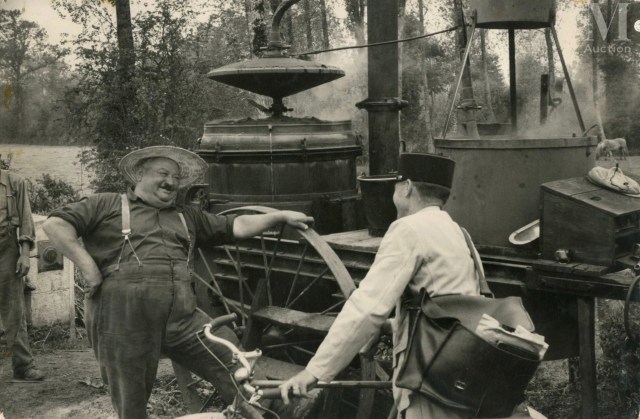Édouard Boubat (1923–1999) was one of France's most celebrated photographers, whose lyrical vision captured the quiet splendor of the human experience. Born in Paris, Boubat came of age during the devastation of World War II. Emerging from this era of turmoil, he pursued photography as a means of bearing witness to the resilience and beauty of life. His images, imbued with empathy and reverence, stood as acts of defiance against the brutality of the recent past.
Boubat's work was often characterized by its simplicity and emotional depth. Eschewing the harsh realism that defined much of post-war photography, he instead sought moments of tenderness and joy. He referred to himself as a "peace correspondent," believing that his role was to reveal the enduring grace of the world around him. This commitment to affirming life found expression in his portraits, landscapes, and street scenes—each image an ode to the fleeting and the eternal.
A pivotal figure in the humanist tradition, Boubat's photographs were frequently published in Réalités magazine, gaining him international acclaim. His compositions, though understated, were masterful in their use of light and shadow. Boubat's camera lingered on the unspoken moments—a child at play, lovers in an embrace, the solitude of a passerby—transforming the mundane into the sublime.
His lifelong muse, Lella, was the subject of one of his most iconic portraits, symbolizing both personal devotion and the universal language of affection. Throughout his career, Boubat traveled extensively, capturing images in Europe, Africa, and the Americas. Yet, regardless of setting, his work remained consistently intimate and sincere.
Boubat received numerous accolades, including the Grand Prix National de la Photographie in 1984. His photographs continue to resonate, celebrated for their quiet dignity and unwavering humanity. In a world often marked by suffering, Édouard Boubat's work endures as a testament to the enduring power of beauty, compassion, and the simple act of bearing witness.
